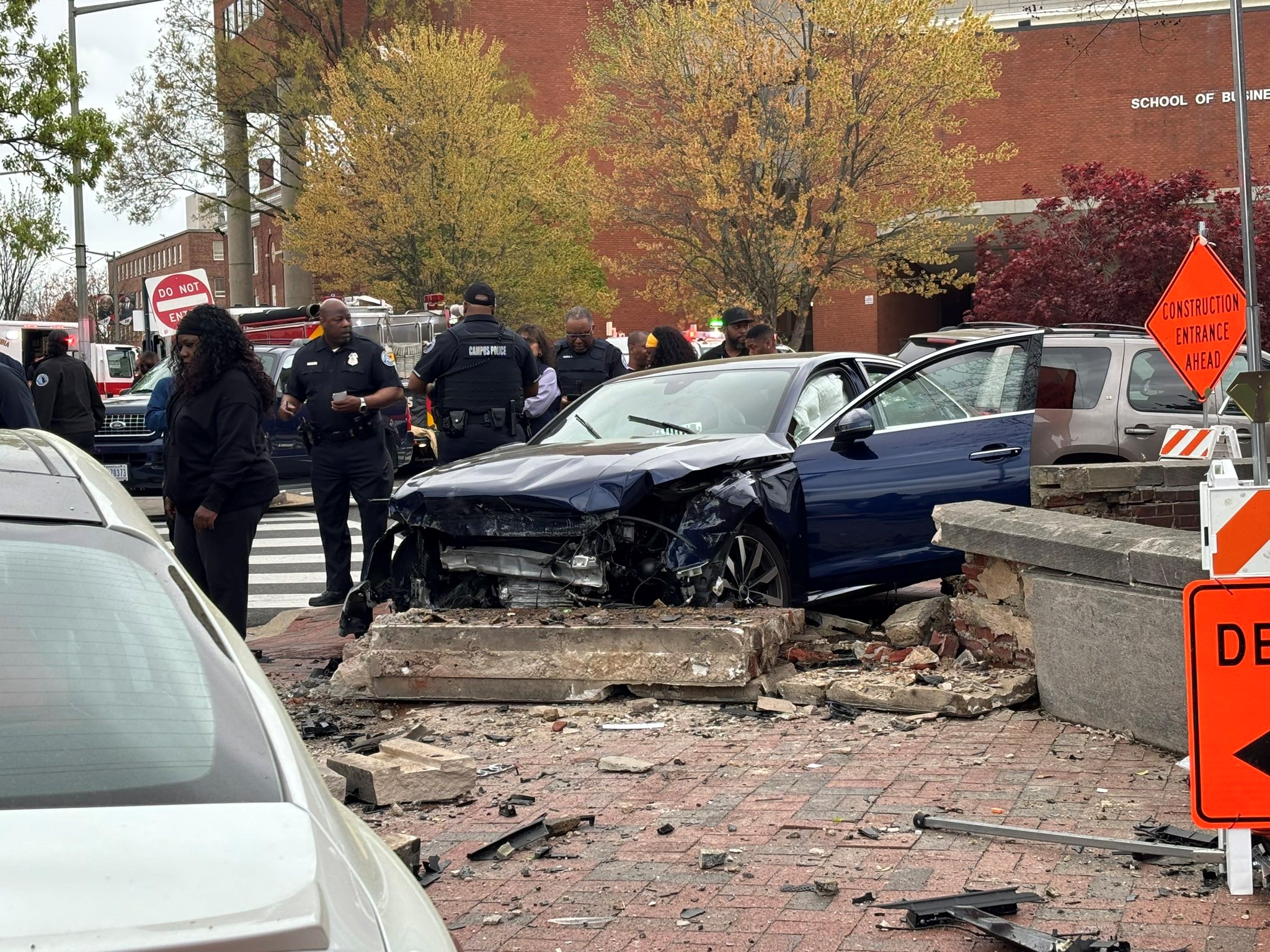The National Institutes of Health in Bethesda, Maryland, is testing an experimental drug that could save lives in the fight against the opioid epidemic.
“We’re hoping within a few years that really a novel strategy that will really help everybody reduce the problems with opioid use disorder, which is causing so much unneeded death in the United States,” said Dr. Henry Masur, chief of critical care medicine at the NIH Clinical Center.
Opioids like heroin and fentanyl hijack the brain’s reward system, releasing powerful levels of the chemical dopamine that make you feel euphoric.
Drug users get hooked fast and develop irresistible cravings for opioids when confronted with certain cues, like injecting equipment or drug partners.
“If they see someone who they used drugs with, or the alley that they once used in, everyday life becomes this series of triggers,” Dr. Sarah Kattakuzhy said.
“That floods the brain with a sense of craving that then changes the brain chemistry to expect or demand use of the drug,” she added.
Kattakuzhy said the experimental drug works by inhibiting dopamine levels to potentially curb drug cravings. It showed promise in animal testing, and now researchers will see if it works the same way in humans.
Local
Washington, D.C., Maryland and Virginia local news, events and information
To get an idea of the medication's processing, it was tested on healthy volunteers.
“They are going to help us in providing essentially a template of how these medications are actually processed through the body,” said Dr. Jomy George, chief of the NIH Clinical Pharmacokinetics Research Laboratory.
More research is needed, but doctors hope science can continue to help people with opioid use disorder break the cycle of addiction and save lives.
“If we just take a step back, use our best science combined with compassion, we can really help a lot of people with opioid use disorder who are suffering and keep them from becoming another statistic,” Kattakuzhy said.
The next phase of the clinical trial at NIH begins in January with D.C. and Baltimore patients who have opioid use disorder taking the experimental drug to see if it's safe and effective. The trial is expected to last five years.



